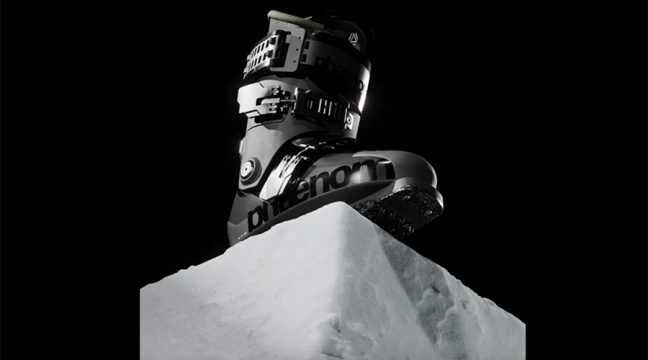In the face of unprecedented growth, park administrators work harder to maintain a quality visitor experience.
Writer: Erin English
Tourists came out in droves for the National Park Service’s (NPS) 100th birthday last year, resulting in 331 million visits to national park sites. The just-released number — which far surpasses 2015’s record of 307 million visits — has the NPS increasingly concerned about crowds this summer and beyond.
“Superintendents are discussing anything that comes onto the table,” said Jeffrey Olson, public affairs officer with the NPS. “We are talking about fee management, extending hours, reallocating staff and adding more staff.”
This marks the third consecutive year of record-breaking visitation for the NPS. With parks across the nation receiving hefty amounts of exposure during the centennial, administrators have every reason to believe the upward trend will continue.
Meanwhile, promotional efforts for parks are still going on. Find Your Park — a campaign designed to bring more millennials to national parks — and Every Kid in a Park — former President Obama’s initiative granting 4th graders and their families free admission to national park sites — have brought new faces to parks as intended, but also continued challenges.
Individual states’ marketing strategies, such as The Utah Office of Tourism’s Mighty Five campaign, have also upped attendance, and an IMAX movie — “National Parks Adventure” — is luring in new visitors with its eye-popping imagery. Already available in the U.S. and several other countries, the film is currently being marketed in China, where hundreds of IMAX theatres exist.
To be clear, Olson said, crowds are not an issue in every national park; half of all visitation happens in just 26 out of the 417 national park sites.
“We use the term ‘visitor use management,’” he said. “The question is, how do we go about that so we have a couple of outcomes: a top shelf visitor experience, and maintaining the resources we have so people can enjoy them tomorrow and for generations to come. It’s a bit of a delicate topic with two goals that some people say aren’t sustainable.”
Currently ranked as the second most-visited national park in the system, Grand Canyon National Park logged nearly 6 million visits last year — a record for the park.
“This past Memorial Day, people [visiting the South Rim] used 120.45 miles of toilet paper,” said Kirby Shedlowski, public affairs specialist at Grand Canyon National Park.
Along with more frequently maintaining restrooms, Grand Canyon staff currently employ a variety of methods to keep visitors happy. The months during which a free shuttle bus runs between the Grand Canyon’s gateway community of Tusayan and the park have been extended, and in high volume areas, parking lot attendants direct drivers to their spots. This summer, webcams positioned at the park’s front entrance station will help visitors make informed decisions about their arrival time.
Jamie Richards, park ranger and public affairs officer for Yosemite National Park, says that visitor education is a big piece of the crowd control puzzle. She notes that Yosemite is still “well within the carrying capacity,” even with last year’s record of 5 million plus recorded visits — an increase of more than one million over 2015 — but that staff have had to step up their efforts to serve so many.
“More people are coming out to enjoy their parks, which we are very happy about,” Richards said. “But you are going to find more and more areas in Yosemite Valley that are crowded. You are going to have longer lines, and you need more patience.”
“We encourage people to strategize when planning a trip,” Richards continued. “If you are going to wait until 10 a.m. to arrive at the park, you are going to wait to get in, and you are going to wait for a parking spot.”
Going forward, visitors will continue booking vacations during the peak summer months of June, July and August, in order to enjoy prime weather conditions and maximize their sight-seeing experiences. A good portion of those tourists will forge ahead with their plans on any given day, regardless of clogs at park entrance stations, visitor centers, parking lots and trailheads.
“Some of these parks are once-in-a-lifetime trips that [visitors] are making, maybe to Yellowstone or Yosemite,” Olson said. “They have budgeted the time and money, and they are going to make the best of it.”
Grand Canyon photo courtesy NPSM











